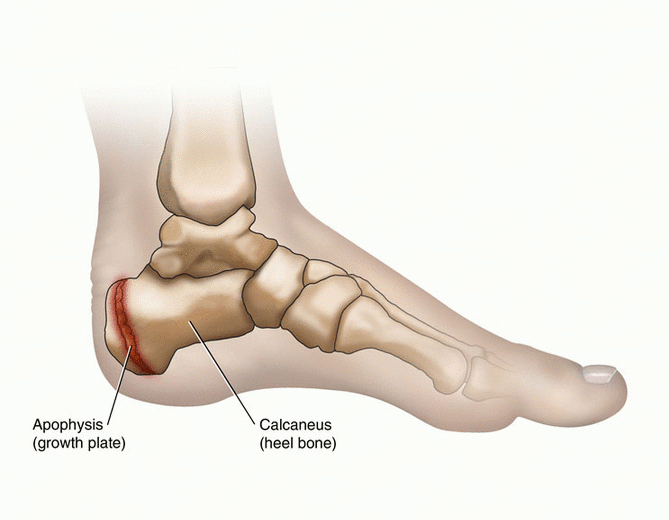Legs that feel heavy, swollen and hot at the end of the day or after an airplane flight are common complaints in our office.
Usually the cause is the increasing inability of the veins to return blood from the feet and legs. If you recall from your anatomy lessons, blood travels to the feet by the arteries and returns by the veins. Gravity and a beating heart help the former get the blood down to the feet. Back pressure and, especially, a series of one-way valves in the veins of the legs aids the return of blood toward the heart.
As we, ah, mature, the valves frequently become less efficient (called valvular incompetence) and the surrounding muscular tissue loses some of its youthful tone (especially when overweight). The result is a condition called venous “reflux”.
The symptoms of “reflux” are leg heaviness, tiredness and swelling that gets worse as the day progresses and gets even worse with a lot of standing and sitting. Back pressure from the deep veins and valves often result in the visible swelling of superficial veins that called varicosities or varicose veins. Some authorities even blame night cramps of the feet and legs on varicose veins. If reflux and varicose veins are left untreated iron pigment from red blood cells can leak out of the veins producing a brown discoloration around the ankles. This is process if called “venous stasis”. The venous discoloration can damage the skin sometimes resulting in leakage of fluid out of the skin and the formation of ulcers on the ankles and lower legs. Venous ulcerations are problems I will deal with in a subsequent article.
Good YouTube videos on venous reflux can be found here:
http://www.youtube.com/watch?feature=endscreen&NR=1&v=GpjhgpFc8DY
http://www.youtube.com/watch?v=CLbR_VVjTdU
The first steps in treating the feeling of swollen, heavy, tired legs is to elevate your feet, exercise and the use of gradient compression hose (GCH) that help return venous blood to your heart. The word gradient implies squeezing the forefoot with the highest force with less at the ankle and even less at the calf. This decreasing pressure gradient help the veins propel venous blood from the feet toward the heart.
GCH are ranked by the amount of pressure they exert at the forefoot compared to the pressure at the calf. The gentlest compression and the one easiest to wear will be labeled 8-12 meaning 8mm of mercury (Hg) pressure at the calf and 12mm at the forefoot. So-called “travel socks” that help prevent clots forming in the legs while on an airplane are usually 8-12.
Medical grade have compression is as high as 30-40. The highest are the hardest to put on but provide the most relief. In general the stronger the pressure the better the result but I glibly say that the best pressure for you is the one you will wear. Start with the lowest and see how you do. Keep increasing the pressure until you can’t stand it.
Some of the more famous brands of GCH have very informative web sites.
Jobst: http://www.jobst-usa.com
Juzo: http://www.juzousa.com/
Sigvaris: http://www.sigvarisusa.com/
There are a couple of local sources for GCH if you cannot find them at your local pharmacy. We have found them at:
Helping Hands
2955 E. Hillcrest Drive, Suite 106
Westlake Village, CA 91362
(805) 494-4402
A Private Affair
1321 E. Thousand Oaks Blvd., Suite 122
Thousand Oaks, CA 91362
(805) 374-2293
Higher compression levels may need a prescription. We will be happy to fax or forward one for any of our patients – just tell us where.




